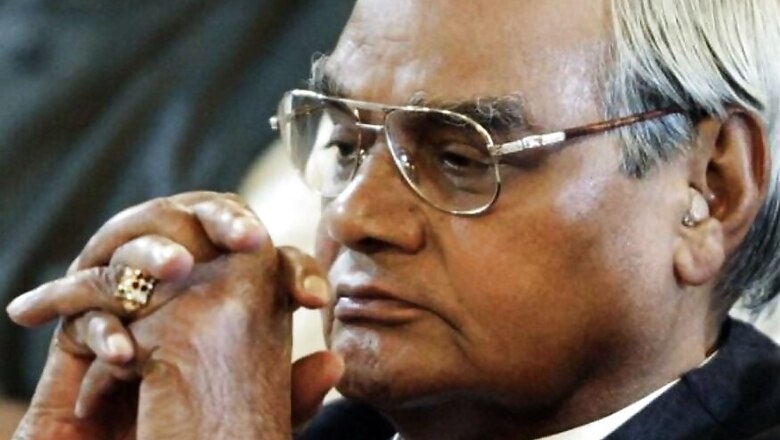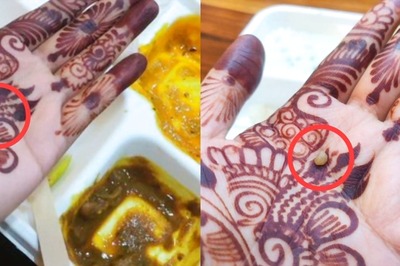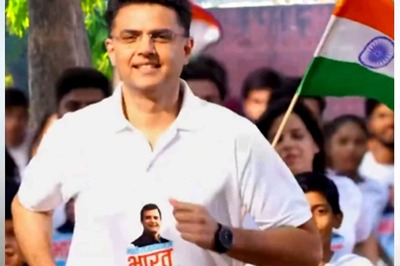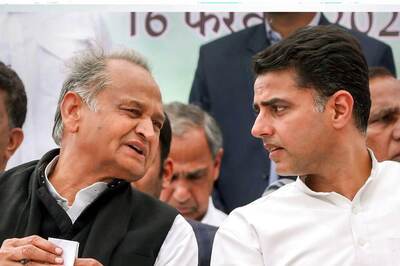
views
New Delhi: For the first time in 15 years, the Lok Sabha will decide a vote of no-confidence. The last time a Prime Minister faced a ‘No- trust’ Vote was Atal Bihari Vajpayee. The former PM and BJP veteran faced two floor tests as PM – a Confidence Motion in 1999 and a no-confidence motion in 2003.
In the 1998 Lok Sabha elections, Vajpayee led the BJP to yet another strong showing in which it ended up as the single largest party with 182 seats. Leading an unstable coalition, Vajpayee was sworn in as Prime Minister for the second time in his political career, the first stint lasting only 13 days in 1996. In 1999, the Jayalalitha-led AIADMK withdrew its support from the Vajpayee government. The PM was then asked to prove his majority on the floor of the house.
The BJP was promised support by Mayawati and her Bahujan Samaj Party (BSP), which had five MPs in Parliament. However, when Mayawati stood up to speak in the Lok Sabha, she pulled the rug from under Vajpayee’s feet, announcing that she would vote against the government. The result was that the Vajpayee government fell short of its majority by a single vote.
In 1999, the National Democratic Alliance (NDA) won majority again, this time running a stable government till 2004. However, in 2003, a no- confidence motion was moved by then Congress president Sonia Gandhi. Congress had taken issue with the re-induction of George Fernandes as the Defence Minister of India. Fernandes had quit after corruption allegations had surfaced against the Socialist leader.
Only 186 MPs supported Sonia Gandhi’s no- confidence motion, while 312 MPs voted against it. The government of the day survived the vote but it led to a debate on the functioning of the government, giving the Congress an opportunity to attack it. A year later, in 2004, the Congress bounced back in the Lok Sabha elections, after which it enjoyed power for 10 years.



















Comments
0 comment